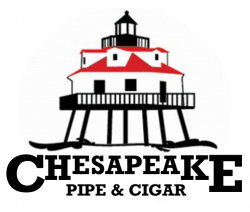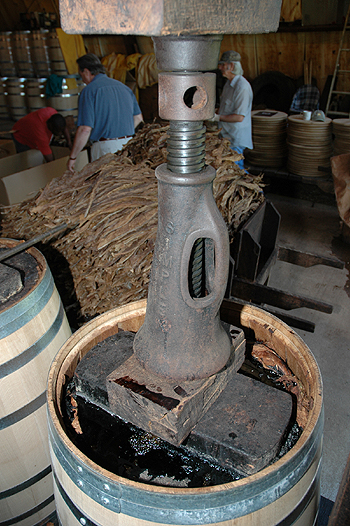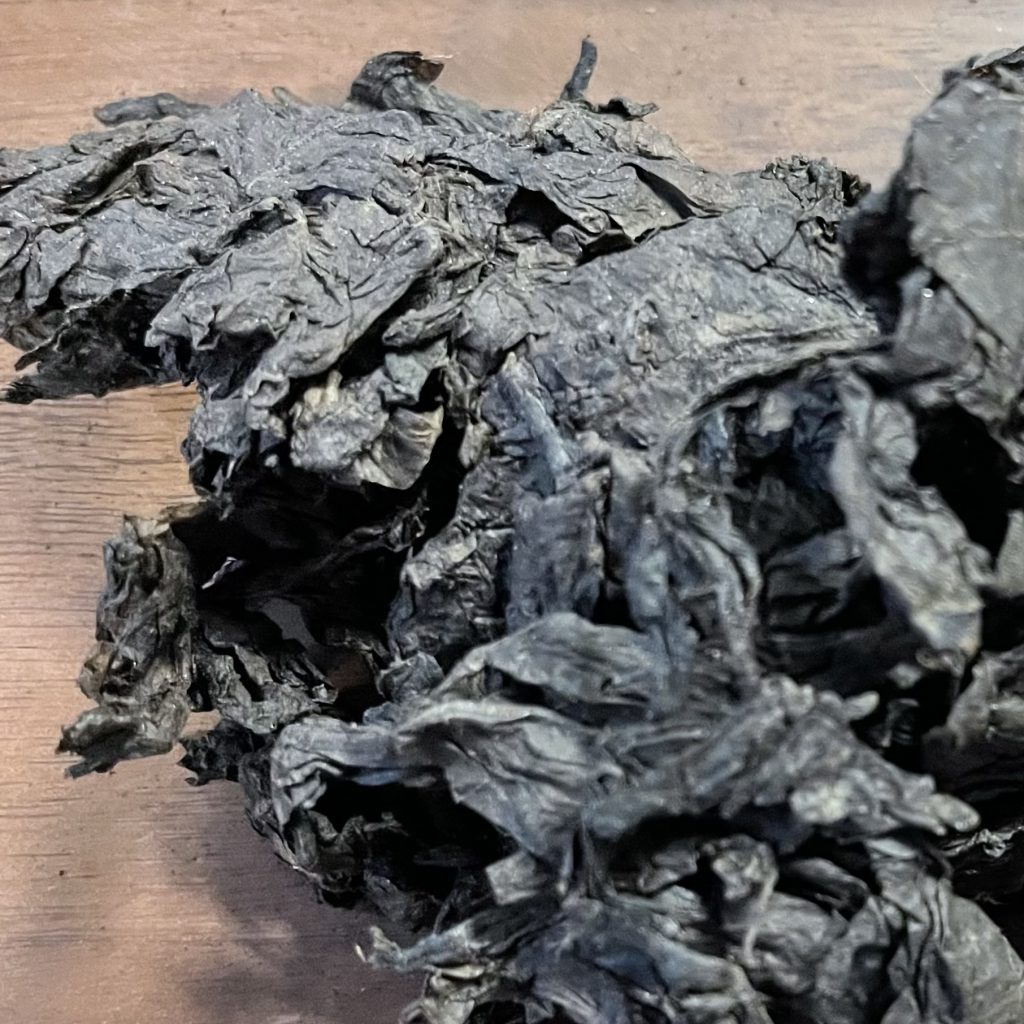NOTE: This new take on an old tobacco began as an experiment by Mark Ryan, owner of L.A. Poche Perique Tobacco, the ONLY surviving processor of original Perique tobacco.
Katerini is a very important tobacco producing area in the southwest of Thessalonika on mountain slopes of mainland Greece (western Macedonia). The small, heart shaped leaf that takes the area’s name and makes it legendary. Grown from Samsun seed, the typical Katerini leaf is light golden in color, delicate, elastic, porous and robust.
Now, take that Greek tobacco and take it to Louisiana’s historic St. James Parish, where a Colonial era Acadian farmer named Pierre Chenet is credited with first turning their local tobacco into what is now known as Perique. To be fair, the Choctaw and Chickasaw Indians had been using the same tobacco, packed in hollow tree stumps, to execute this process for maybe a thousand years before Pierre Chenet modernized the mechanics of this process for 1770’s standards. The use of a barrel and sturdy press that Chenet “discovered” has only been updated with the substitution of a hydraulic press and standard size barrels since 1776.
The single leaf St. James Perique has been joined by a blended mix of St. James tobacco and dark air cured tobacco, which come from various sources such as Tennessee and Kentucky. Since 1980, almost all Perique is a blend called Acadian Perique, which is much more consistent from year to year.
The curing process is very labor-intensive, with hickory whiskey barrels packed with moistened tobacco and put into a special press, initiating pressure-fermentation. While in process, they physically take every leaf out of the barrel a minimum of three times. The leaves are reversed in order in the barrel and the pressure’s put back on. You can see moisture bubble-up from the depths of the barrel as the tobacco goes through a malolactic fermentation, kind of like the way grapes go to wine. So that’s why you get all these complex flavors. The process repeats many times over a full year (or more) of curing.
When done, the barrel is only about half full and the pressure-fermented tobacco has turned black, almost like molasses.
While standard Perique is often considered the truffle of pipe tobaccos by connoisseurs, it’s used as a component of various blended pipe tobaccos, as many people consider it too strong to be smoked pure. Like another Louisiana icon, Tabasco Sauce, it only takes a little bit to make its presence known in a blend.
Now, substitute fairly rare Katerini tobacco from Greece for the typical blend of American-grown tobaccos which have been used to create Perique for a couple of hundred years. The results are one of a kind.
The Perique finished Katerini takes on an intense sweetness with a robust cross of naturally occuring molasses, apple and plum-like tones as the combination of pressure-fermentation, resulting heat and time “ripen” the tobacco, concentrating the natural sugars and transforming it into an extremely rare one of a kind tobacco.
HOW DO I GET SOME OF THIS?
I was able to secure just 10 oz of this one of a kind tobacco. My first inclination is to take a pinch or two of this Perique Style Katerini, blend it with some Burley, add a little Red Virginia and give it some time in a amber colored Mason Jar with a drop or two of Rum or Bourbon to get it happy. (I’m pondering using some of Cornell & Diehl’s Small Batch Eight State Burley as the base for a few test blends.) When I hit on something, I’ll put some up for sale.
The Perique process produces results similar to the Dominican Andullo curing process. Andullo finishing is accomplished by wrapping dark tobacco around palm fronds and, over time, tightening the tobacco wrap until it’s a solid black rope that sometimes requires a diamond tipped saw to cut. This wrapping is preferred to pressing because the Dominicans typically use much larger dark tobacco leaves which would be hard to process in the round barrel format. Aside from the density of the finished product, Perique and Andulo are very similar in concept. And, just like the “discovery” of the Perique process was appropriated from Native Americans, Andullo processing has been used almost unchanged by Native Dominican Indians for over a thousand years too.




